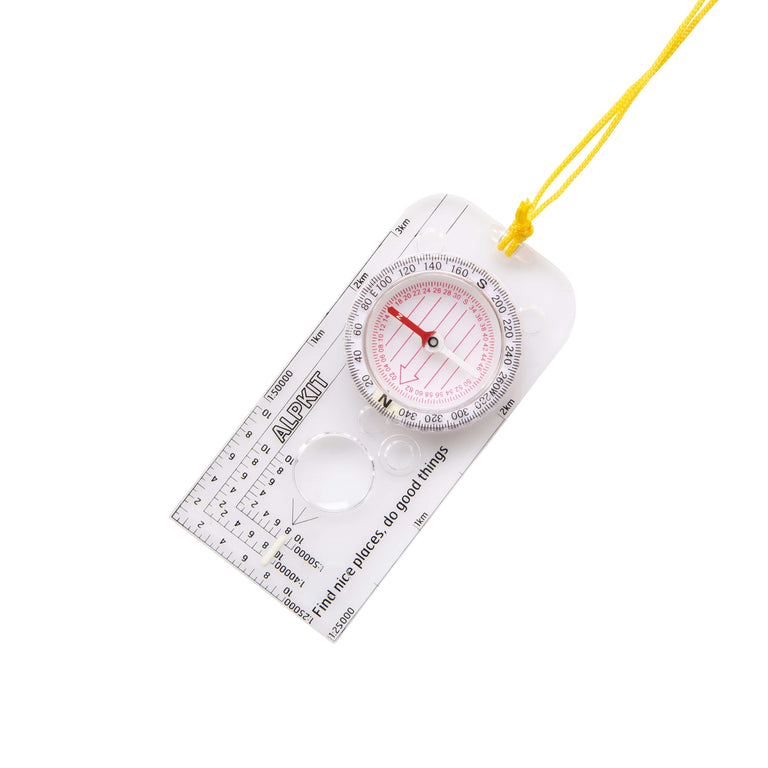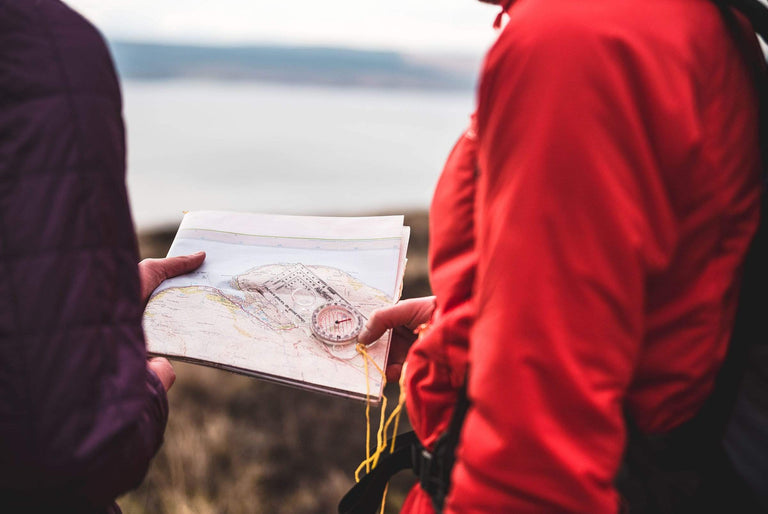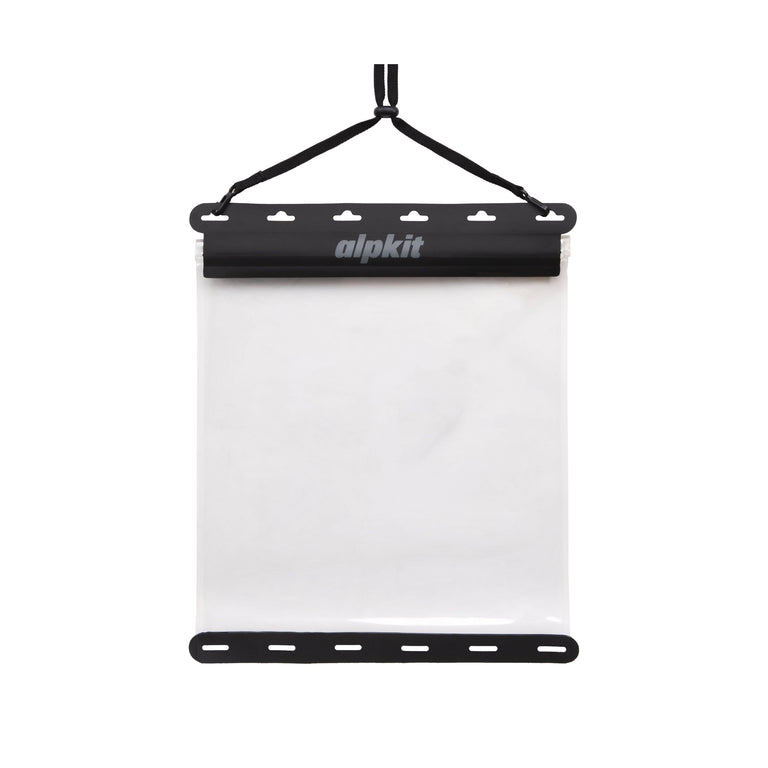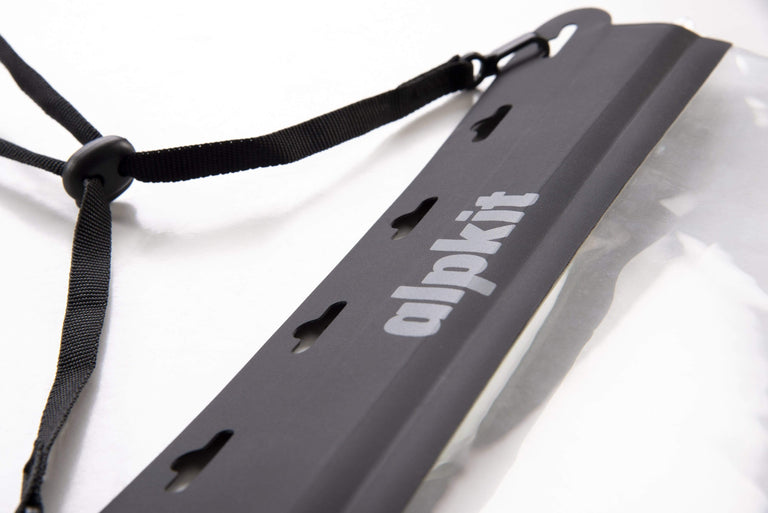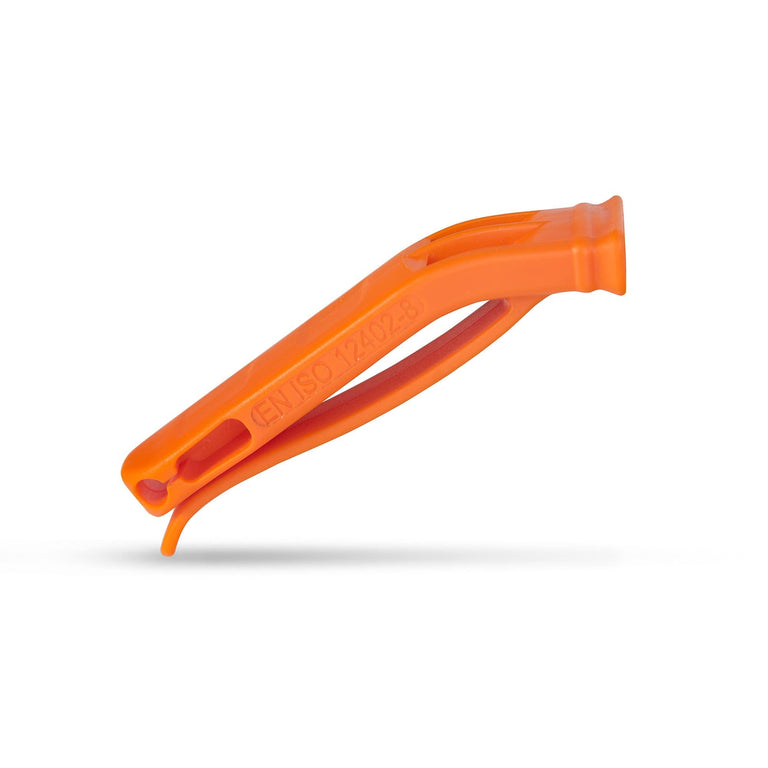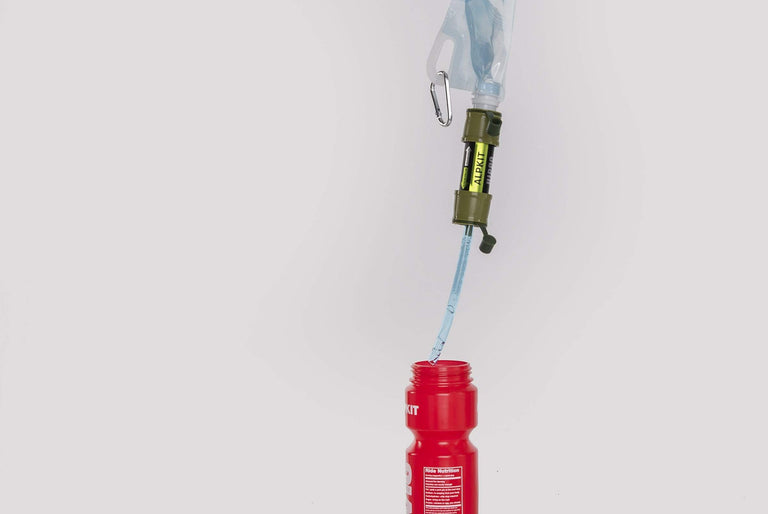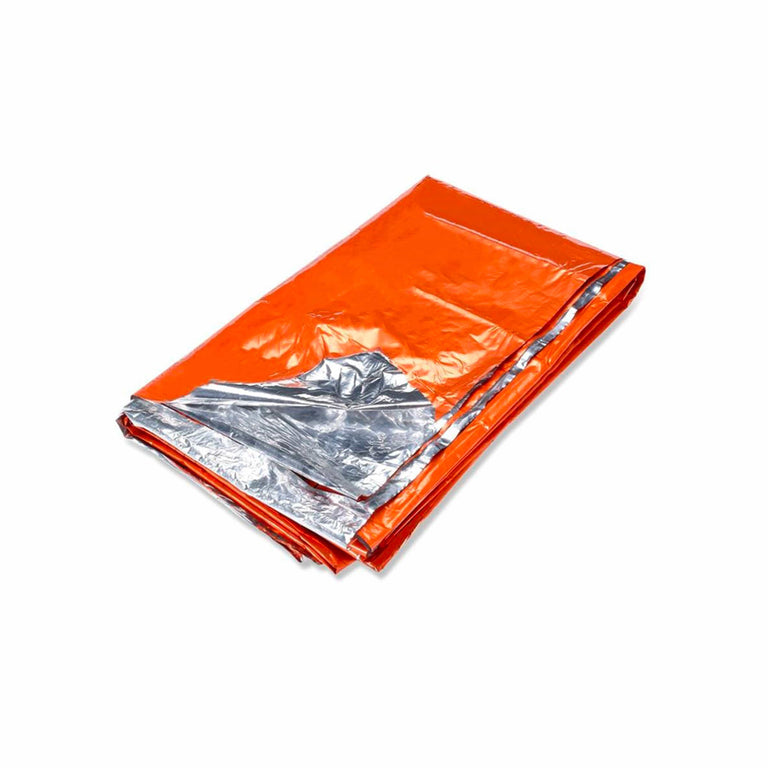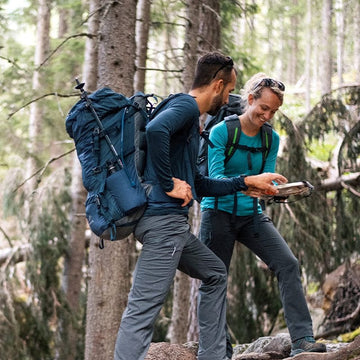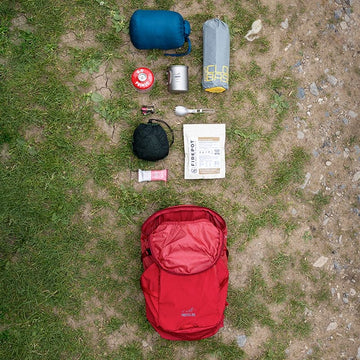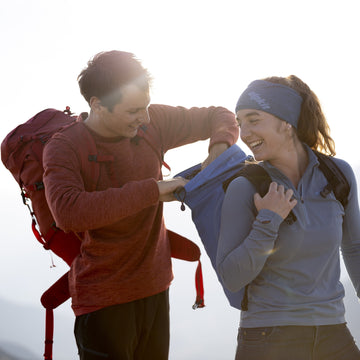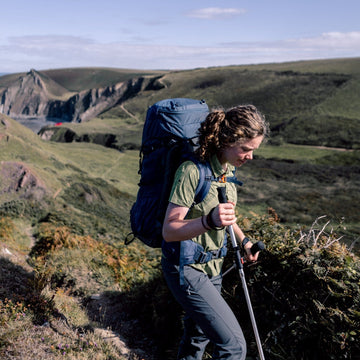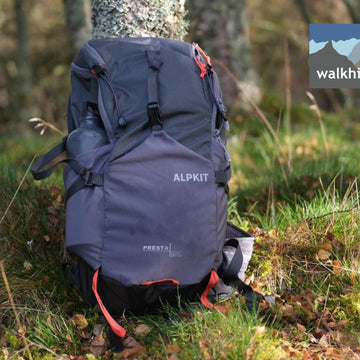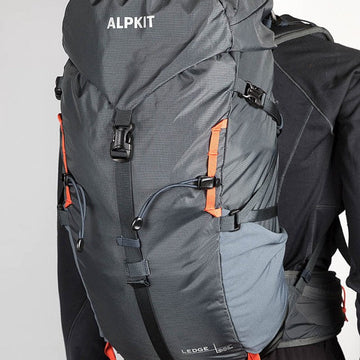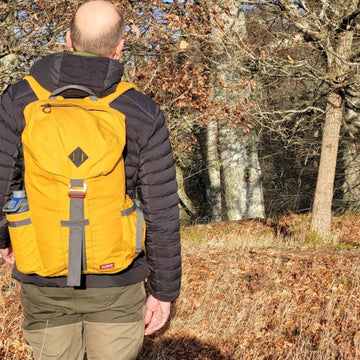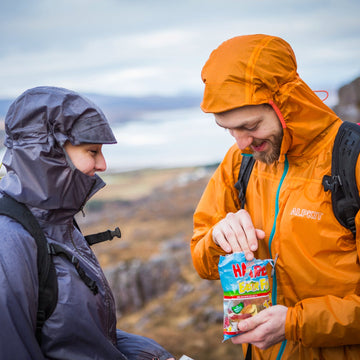
Expeditions are thrilling, but safety is crucial. The right gear - first aid, emergency shelter, and more - turns uncertainty into peace of mind wherever you roam.
Carrying safety equipment and knowing what to do with it is a fundamental aspect of ensuring a safe and enjoyable expedition. What you need to carry will depend on what type of expedition you are doing, but will probably include; a first aid kit, equipment repair kit and navigation/survival equipment.
This article is the third recipe in 6 weight saving recipes to shave weight off your DofE expedition kit list, a series of articles to help you save weight on your expedition kit without compromising comfort or utility, helping you to make more sustainable choices and invest in kit that will last a lifetime.
No one likes carrying stuff that doesn't get used, but this is one area where you should be really careful not to cut corners. Despite all your careful planning, accidents can happen. Fortunately, most of the accidents that can happen have happened to someone else. Most of these are known, and you can prepare yourself to deal with them. Your problem therefore is to put together a comprehensive yet compact first aid/emergency kit that covers a range of potential emergencies but still fits into the limited space you have to carry it in.
How can you save weight on your DofE expedition?
The DofE publish a recommended expedition kit list which is a great place to start if you are kitting yourself out for the first time. Using this we have compiled a list of alternatives that will help you reduce the weight of your pack. Our recommendations are a guide – you should always check with your Expedition Leader that the kit you choose is suitable for your particular expedition.
| Our choice | DofE recommended kit | |
|---|---|---|
| Expeditionary First Aid Kit | Lifesystems Camping First Aid Kit | |
| Pack | Roll-top drybag | Zipped Bag |
| Items | 68 | 40 |
| Survival Bag | Lifesystems Survival Bag | |
| Weight | 105 g (Save 185g) | 290 g |
| Lining | Silver reflective | No |
| Kapar storm shelter | Vango storm shelter | |
| Weight | 560 g (Save 85g) | 645 g |
| People | 4 | 4 |
| Osmo Travel Towel | Softfibre Light Trek Towel | |
| Weight | 59 g (Save 61g) | 120 g |
| Williams Whistle | Lifesystems Safety Whistle | |
| Power | 100+ decibels | 100+ decibels |
| Weight | 13 g | 13 g |
Your takeaway guide to expedition first aid and safety
Don't waste your time going around in circles, focus on what matters and put what you learn into practice.
The fundamentals of your expedition safety kit
- Expedition First Aid Kit
- Multi-tool or Swiss Army Knife. If you can't fix it, Macgyver it.
- Specialist repair kit depending on expedition type (hike, bike, canoe etc).
- Whistle, SOS torch, spare batteries.
- Emergency blanket, bivvy bag or group bothy bag.
- Sun protection (sunscreen, sunglasses).
- Insect repellent.
How to prepare your safety equipment for your expedition
- Personalise your first aid kit based on your expedition guidelines and individual needs (e.g., medications).
- Decant creams and fluids into smaller, lighter travel bottles.
- Pack your emergency equipment in plastic bags in a drybag.
- If relying on equipment like bikes, make sure your tools fit the equipment you are using and check they are in good working order.
- Share tools across your group to save weight, but don't lose redundancy.
Try this in the field
- Keep your first aid kit accessible at all times. The top pocket of your rucksack is ideal.
- Familiarise yourself with the use of each item in the safety kit.
- Regularly check and replenish your first aid kit.
- Learn how to use it, don't wait for an emergency.
The next step
Assess the risks based on the environment. You might not need a snake bite kit in the Yorkshire Dales but as you progress to more exotic regions or altitudes, add more specialised items.
Our next recipe weighs up how you can save 600 grams on the weight of your rucksack alone.

